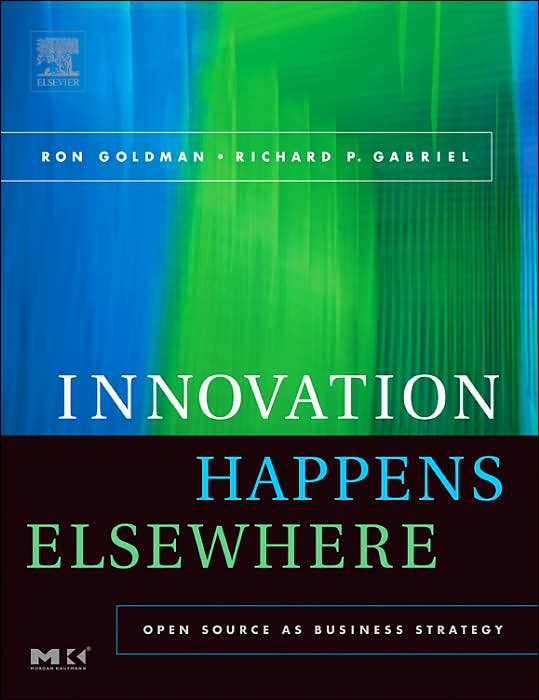|
Previous Table of Contents Up Next What a License Does Not DoIt is just as important to realize what a license does not do. A license describes certain boundary conditions, but does not speak about how developers will actually work together. It is up to other documents or traditions to describe the process of contributing code, making a new release, and deciding what to do when disagreements arise. The next chapter looks at the day-to-day functioning of a typical open-source project and how to build up a community of users and developers. The license may not automatically apply to changes contributed by outside developers. Many open-source projects require people wishing to contribute code to first sign a contributor's agreement before their code is accepted. (This agreement is discussed later in the section Supplementing the License--Contributor Agreements.) One other matter that most licenses do not touch on is how to ensure that modifications to the source code maintain compatibility with established standards. One way this can be done is to require that any distributed code pass a compatibility test in order to be granted the right to use a logo or brand. If there is an established brand, then this can be enough of a carrot for developers to keep things compatible. Most often, compatibility is maintained because the community values it and will not accept code contributions that deviate from the standard--anyone who wants to create an incompatible version is thus forced to fork the code and start a new project.
|
|||
|
|


